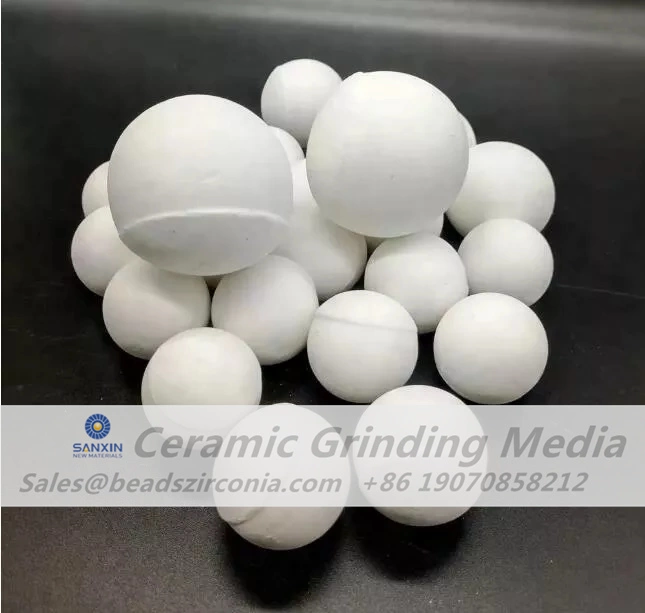In the realm of advanced materials engineering, ceramic alumina balls have emerged as a pivotal solution due to their remarkable thermal shock resistance. This article delves into the intricate details of this property, exploring the science behind it and shedding light on the factors that make ceramic alumina balls stand strong against thermal shock.

Thermal shock resistance is a material's ability to withstand sudden and drastic temperature changes without undergoing significant structural damage. This property is especially crucial in applications where materials are subjected to rapid heating or cooling, such as in industrial processes, aerospace components, and even household appliances.
Ceramic alumina balls, composed primarily of aluminum oxide (Al2O3), exhibit exceptional thermal shock resistance owing to their unique crystalline structure and material properties. The crystalline lattice arrangement of alumina provides inherent strength, while its high melting point allows the material to endure extreme thermal differentials.
The purity and composition of ceramic alumina balls play a pivotal role in determining their thermal shock resistance. Higher alumina content and reduced impurities contribute to enhanced stability under thermal stress.
The microstructure of ceramic alumina balls, including grain size and distribution, significantly impacts their thermal shock resistance. A finer and more uniform microstructure enhances the material's ability to dissipate thermal stress, preventing crack propagation.
The method of fabrication greatly affects the thermal shock resistance of ceramic alumina balls. Precision manufacturing processes, such as sintering at controlled temperatures and pressure, result in a denser and more uniform structure, bolstering the material's ability to withstand thermal shock.
Ceramic alumina balls with higher thermal conductivity can efficiently distribute temperature changes throughout their structure, minimizing localized stress concentrations that could lead to cracking.
The exceptional thermal shock resistance of ceramic alumina balls finds applications across diverse industries:
Ceramic alumina balls serve as ideal linings for high-temperature furnaces, ensuring longevity and reliability even in environments with rapid temperature fluctuations.
In the aerospace sector, these balls are employed in critical components subjected to extreme thermal gradients, guaranteeing the structural integrity of vital systems.
Ceramic alumina balls contribute to advanced thermal barrier coatings, safeguarding industrial equipment and enhancing energy efficiency.
Compared to traditional materials, such as metals and conventional ceramics, ceramic alumina balls offer unparalleled thermal shock resistance. Their ability to maintain structural integrity in the face of abrupt temperature changes sets them apart as a superior choice for demanding applications.
In the realm of materials engineering, ceramic alumina balls emerge as champions of thermal shock resistance. Their remarkable ability to withstand abrupt temperature changes, coupled with their unique material properties, positions them at the forefront of various industries. By understanding the intricate interplay of factors influencing their thermal shock resistance, we can harness their potential to drive innovation and reliability across a spectrum of applications.

Submit your demand,
we will contact you ASAP.

Sanxin New Materials Co., Ltd. focus on producing and selling ceramic beads and parts such as grinding media, blasting beads, bearing ball, structure part, ceramic wear-resistant liners, Nanoparticles Nano Powder

